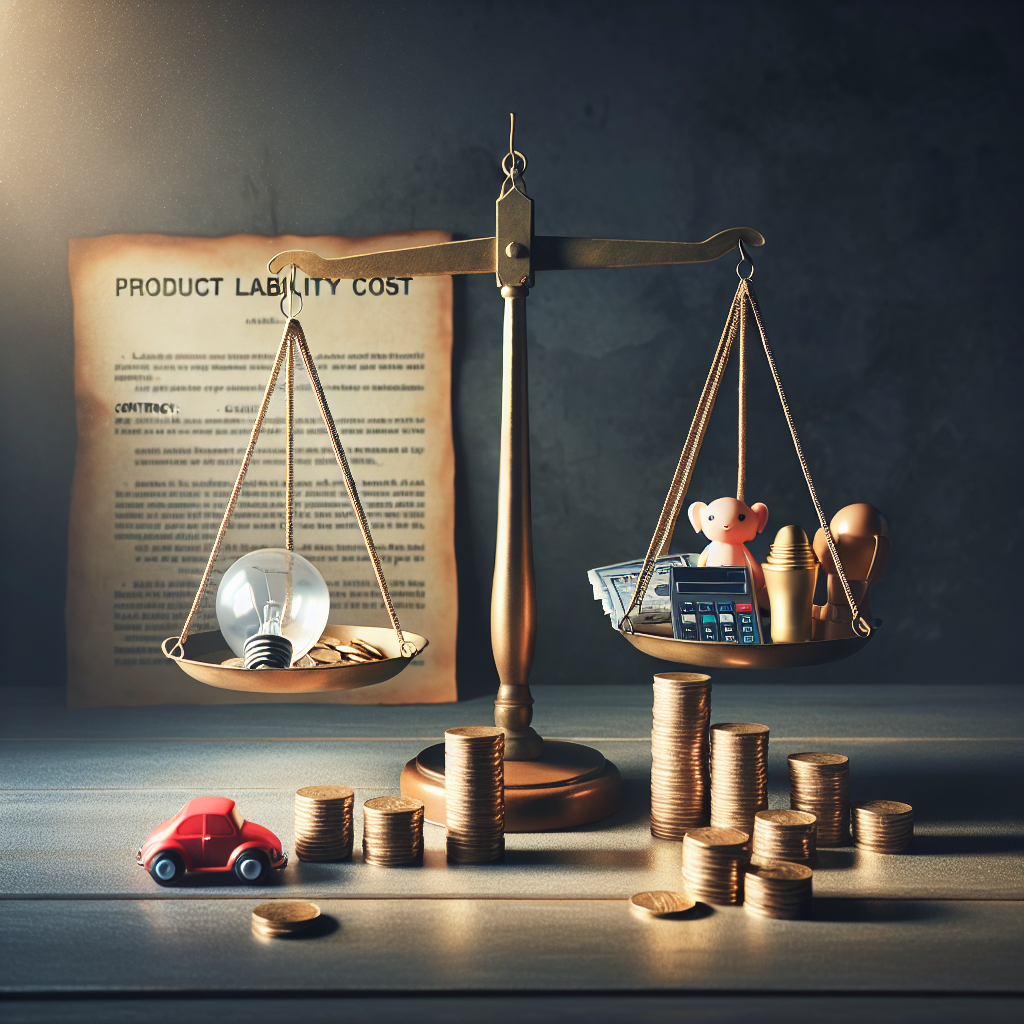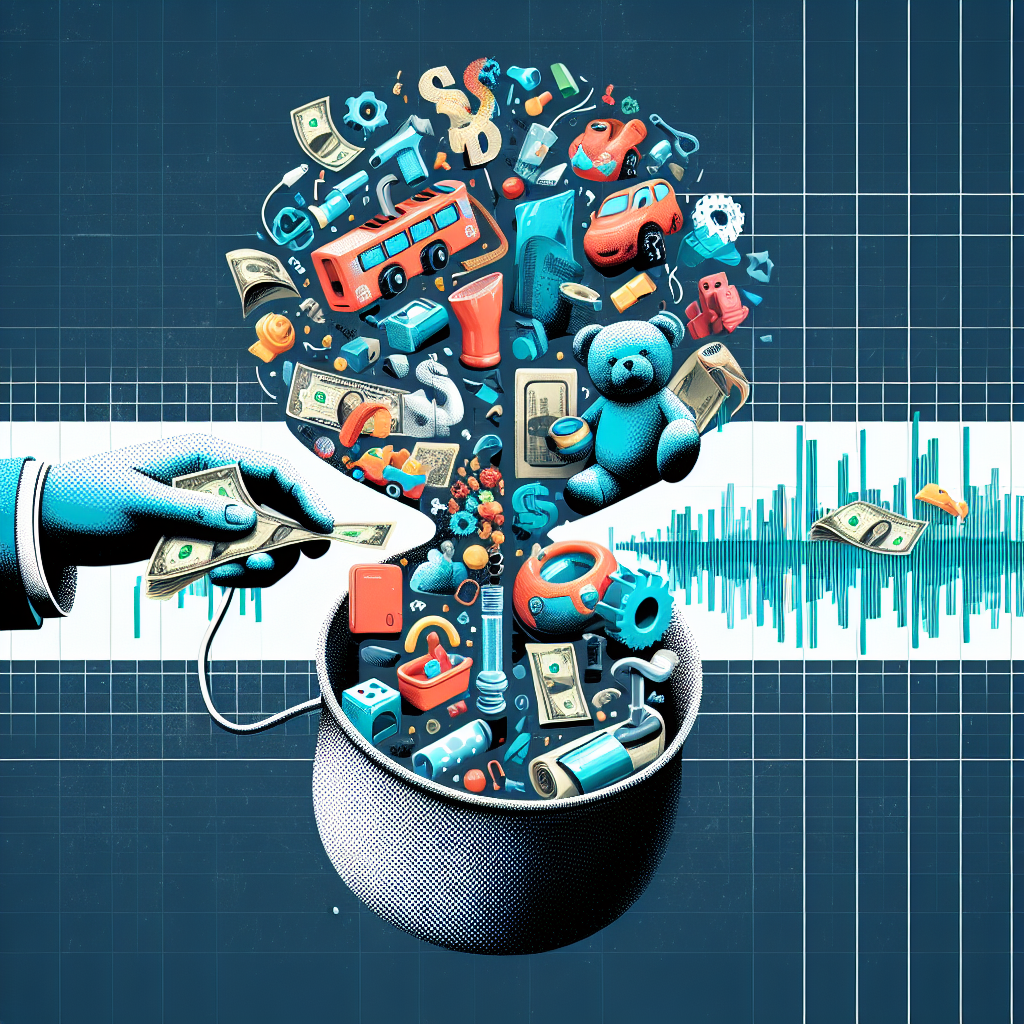Product Liability Cost: Understanding the Financial Impact of Defective Products

Product liability cost is a significant concern for businesses across various industries. When a product is defective or causes harm to consumers, companies can face substantial financial consequences. In this article, we will explore the various aspects of product liability cost, including its definition, factors influencing it, and real-life examples. By understanding the financial impact of defective products, businesses can take proactive measures to mitigate risks and protect their bottom line.
What is Product Liability Cost?
Product liability cost refers to the financial burden that companies bear when their products are defective or cause harm to consumers. This cost encompasses several components, including legal fees, settlements or judgments, product recalls, reputational damage, and increased insurance premiums. It is crucial for businesses to recognize that product liability cost extends beyond immediate financial losses and can have long-term implications for their brand image and market position.
Factors Influencing Product Liability Cost
Several factors contribute to the overall product liability cost that businesses may incur. Understanding these factors can help companies assess and manage their risks effectively. Some key factors include:
- Product Design: Defects in the design of a product can lead to injuries or accidents, resulting in higher liability costs. For example, a faulty car design that causes accidents can lead to expensive lawsuits and settlements.
- Manufacturing Defects: Errors or flaws that occur during the manufacturing process can render a product unsafe for consumers. Companies may face significant costs if they need to recall and replace defective products.
- Inadequate Warnings or Instructions: If a product does not have proper warnings or instructions for safe usage, companies may be held liable for any resulting injuries or damages. Clear and comprehensive labeling can help mitigate this risk.
- Industry Regulations: Compliance with industry regulations is crucial to avoid product liability issues. Failure to meet safety standards can lead to legal consequences and financial losses.
Real-Life Examples
Several high-profile cases highlight the substantial product liability costs that companies may face:
- In 2019, Johnson & Johnson was ordered to pay $8 billion in damages to a man who claimed that the company’s antipsychotic drug caused him to develop breasts. This case demonstrates the potential financial impact of product liability claims in the pharmaceutical industry.
- In 2010, Toyota faced a series of lawsuits and recalls due to unintended acceleration issues in their vehicles. The company estimated that these recalls cost them around $2 billion, not including the damage to their reputation.
Conclusion
Product liability cost is a significant concern for businesses, as it can have far-reaching financial implications. By understanding the factors that contribute to product liability cost and learning from real-life examples, companies can take proactive measures to minimize their risks. Investing in product safety, adhering to industry regulations, and maintaining comprehensive insurance coverage are essential steps to protect businesses from the financial burden of defective products. Ultimately, prioritizing consumer safety and product quality is not only ethically responsible but also financially prudent in the long run.







